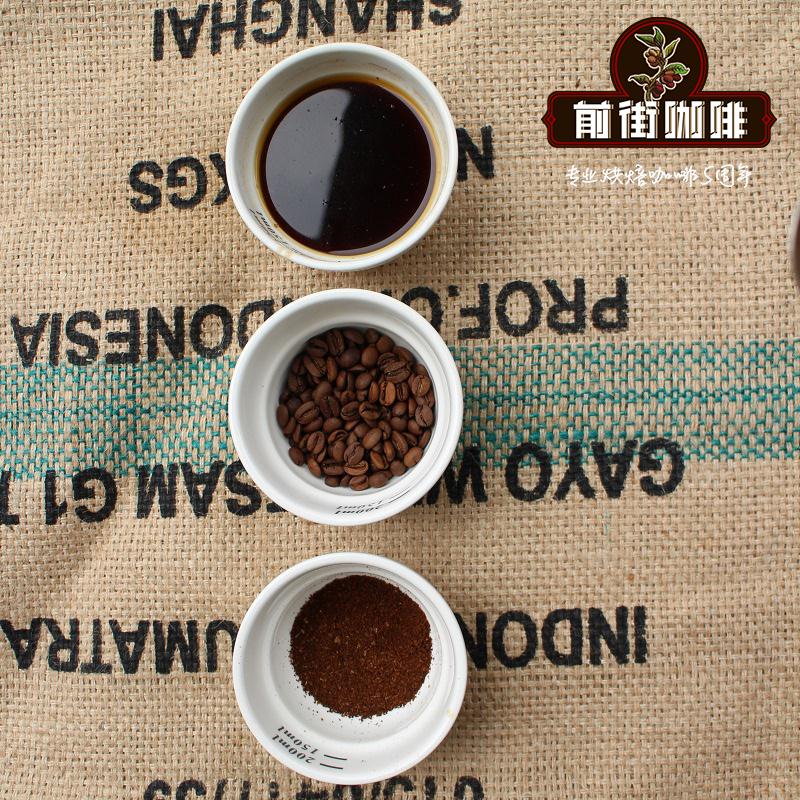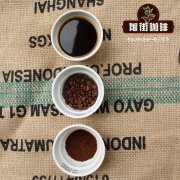Bolivian Javanese flavor description of Bolivian manor features
Bolivia is one of the poorest countries in Latin America, a landlocked country bordering Brazil and Colombia. Although it is a country with great potential for coffee exports, its production has been quite scarce and the conditions for growing coffee are excellent, but the challenges are also extremely daunting, resulting in an extraordinarily rich agricultural history built on a very difficult land.
Bolivia's high-quality estates, very high altitude, perennial low temperature environment, so that coffee fruit growth is slow, tight enough, aroma is also charming, floral aroma is obvious, such as careful handling, cherries with the same maturity, often have a clean and meticulous high-end taste, this elegant vanilla and honey aromas are very attractive, this champion bean has a variety of floral aromas, vanilla and sweet very long-lasting.
Bolivia's coffee production is dominated by a smallholder production system, with 23000 small farms ranging in size from 2 to 9 hectares, and in particular, about 40 per cent of Bolivia's coffee culture is mainly sold domestically. The main varieties are Arabica, such as Iron pickup, Kaddura, Cleo, Kaduai and Kadiwen. The production season is from July to November, most of them are washed coffee beans, only some of them are sun-treated.
Cafe Takesi restaurant, which ranges from 1900 meters to 2400 meters above sea level, is one of the largest coffee growers in the world. Mount Mururata, part of the Royal Andes, is one of the few Inca trails leading to the Takesi Valley.
The Takesi River, which is rich and pollution-free from the melting of the Royal Mountains, is used in all agricultural tasks, especially in the process of post-harvest coffee. During peak hours, the presence of clouds stabilizes heat and solar radiation, thus affecting better photosynthesis. Our deep well-drained organic land is volcanic in nature, preserving the overall diversity of major biodiversity and translating into better biological natural control. These natural conditions prolonged the development of the fruit from flowering to harvest, and reached the fruit with better aroma and taste quality in 11 months.
Bolivian Javanese style narration:
Dry aromas can feel peach, wine, sweet strawberries, berries.
The mouth can feel the rich aromas of mango, wine, passion fruit, peach,
Sweet smell of berries and strawberries, floral aroma, solid overall flavor and high complexity.
National Bolivia (Bolivia)
Caranavi in the producing area
Manor Alacita (Finca Las Alasitas)
Producer Pedro Rodriguez
100% hand-picked red cherries and elevated scaffolding in the sun
100% varieties of round beans
1600-1650 meters above sea level

Important Notice :
前街咖啡 FrontStreet Coffee has moved to new addredd:
FrontStreet Coffee Address: 315,Donghua East Road,GuangZhou
Tel:020 38364473
- Prev

Description of Beethoven's flavor and taste in Carnett Manor, Costa Rica
Costa Rica Carnett Manor Beethoven country: Costa Rica region: Tarrazu Tower Pearl varieties: catuai Manor: Carnett Technology: washing treatment altitude: 1800-1900 m Grade: SHB Beethoven belongs to the lively beauty type, with a strong aroma of flower and fruit acid, the clear and long acidity like wind chimes is especially classic. Fragrance of flowers and water
- Next

Bolivian coffee flavor describes what is "tomorrow Sun Project" and Bolivian COE
Bolivian coffee beans are concentrated in rural areas of Yungas, with about 95 per cent of production. Other developing regions include Santa Cruz, Beni, Cochabamba, Tariha and Pando. Despite the existence of commercial farms and estates, the Government's land reform has expropriated most of the large land and redistributed it to rural families. These small plots of land cover an area of 1-8 hectares and produce
Related
- Detailed explanation of Jadeite planting Land in Panamanian Jadeite Manor introduction to the grading system of Jadeite competitive bidding, Red bid, Green bid and Rose Summer
- Story of Coffee planting in Brenka region of Costa Rica Stonehenge Manor anaerobic heavy honey treatment of flavor mouth
- What's on the barrel of Blue Mountain Coffee beans?
- Can American coffee also pull flowers? How to use hot American style to pull out a good-looking pattern?
- Can you make a cold extract with coffee beans? What is the right proportion for cold-extracted coffee formula?
- Indonesian PWN Gold Mandrine Coffee Origin Features Flavor How to Chong? Mandolin coffee is American.
- A brief introduction to the flavor characteristics of Brazilian yellow bourbon coffee beans
- What is the effect of different water quality on the flavor of cold-extracted coffee? What kind of water is best for brewing coffee?
- Why do you think of Rose Summer whenever you mention Panamanian coffee?
- Introduction to the characteristics of authentic blue mountain coffee bean producing areas? What is the CIB Coffee Authority in Jamaica?

